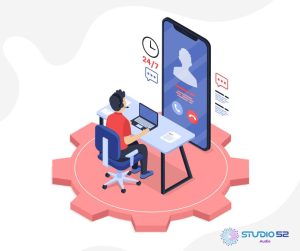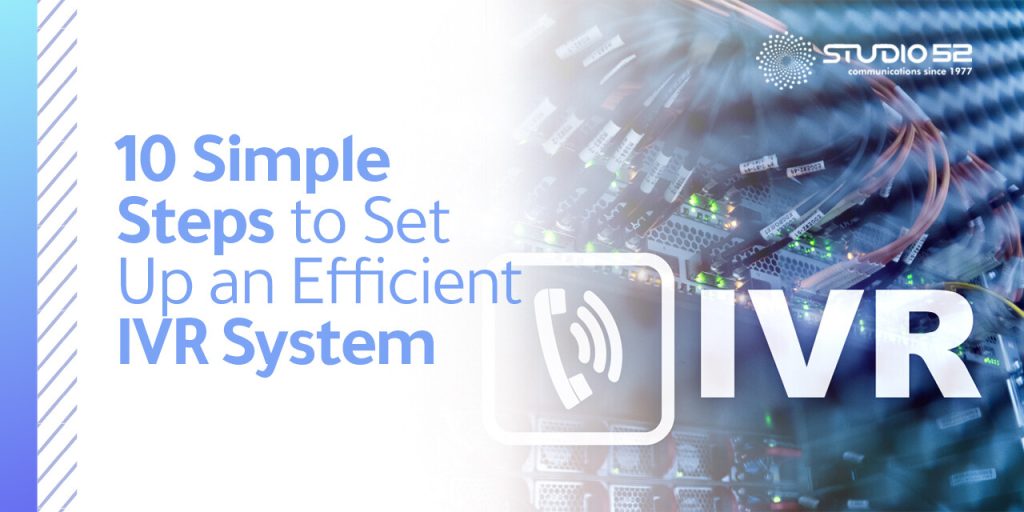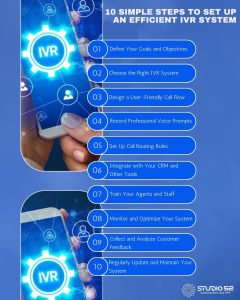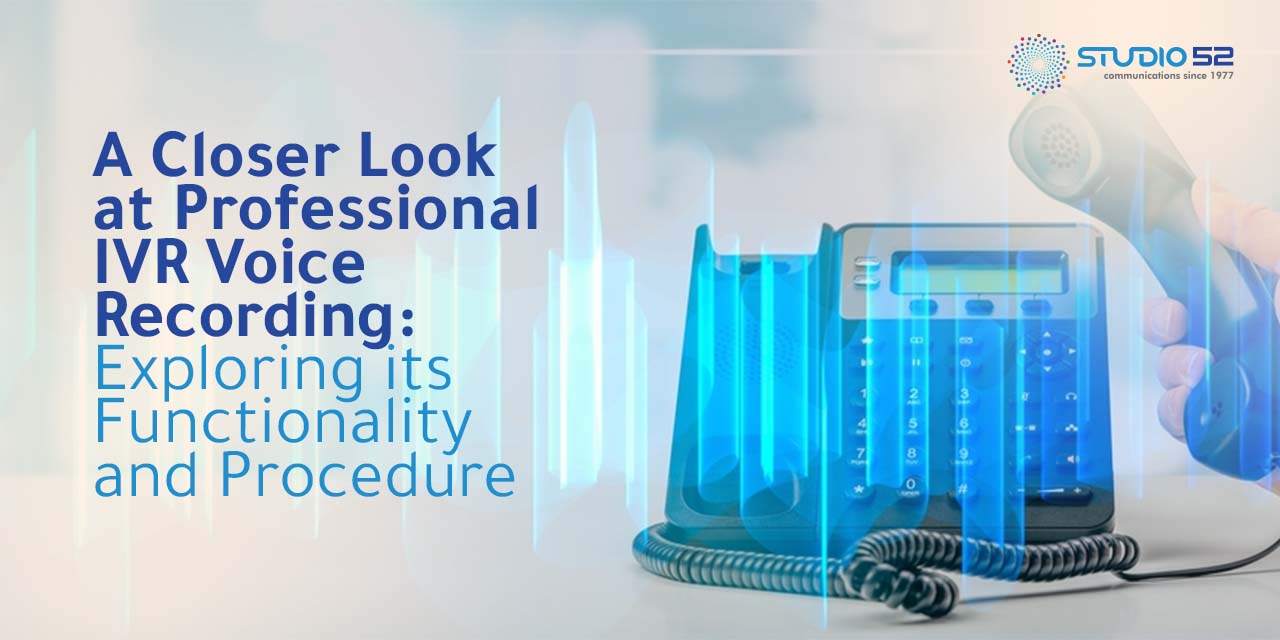Interactive Voice Response (IVR) systems have revolutionized the way businesses handle customer support and communications. An effective IVR system can help streamline operations, reduce costs, and improve customer satisfaction. However, setting up an efficient IVR system requires careful planning and execution.
In this blog post, we will walk you through 10 simple steps to set up an efficient IVR system for your business.
Table of Content
1. Define Your Goals and Objectives
Before diving into the technical aspects of setting up an IVR system, it’s crucial to determine your goals and objectives. Some common objectives include:
- Reducing call wait times
- Automating repetitive tasks
- Improving customer satisfaction
- Routing calls efficiently
- Collecting customer feedback
2. Choose the Right IVR System
There are numerous IVR systems available in the market, each with its own features and capabilities. When selecting an IVR system, consider factors such as:
- Scalability: Can the system grow with your business?
- Customization: How much can you tailor the system to your needs?
- Integration: Can it easily integrate with your existing infrastructure?
- Pricing: What is the total cost of ownership?
3. Design a User-Friendly Call Flow
Designing a user-friendly call flow is essential for ensuring a positive customer experience. Consider the following best practices when designing your IVR call flow:
- Keep it simple and easy to navigate
- Limit the number of menu options to avoid overwhelming callers
- Use clear, concise language
- Offer an option to speak with a live agent
4. Record Professional Voice Prompts
High-quality voice prompts are crucial for a successful IVR system. To create professional voice prompts:
- Hire a professional voice actor or use text-to-speech software
- Use simple, easy-to-understand language
- Ensure proper pronunciation and enunciation
- Record prompts in multiple languages, if necessary
5. Set Up Call Routing Rules
Efficient call routing is essential for reducing wait times and improving customer satisfaction. To set up call routing rules:
- Define the criteria for routing calls (e.g., caller input, time of day, agent availability)
- Prioritize routing rules based on your goals and objectives
- Test and refine your routing rules to optimize performance
6. Integrate with Your CRM and Other Tools
Integrating your IVR system with your CRM and other business tools can help streamline operations and improve customer service. Some benefits of integration include:
- Automatic caller identification and data retrieval
- Personalized greetings and menu options
- Seamless transfers between IVR and live agents
- Real-time data synchronization and updates
7. Train Your Agents and Staff
Training your agents and staff on the new IVR system is essential for ensuring a smooth transition and maximizing its potential. During training, focus on:
- Familiarizing agents with the call flow and menu options
- Providing guidance on handling common customer inquiries
- Teaching agents how to access and use caller data within the CRM
- Sharing best practices for handling difficult situations
8. Monitor and Optimize Your System
Regularly monitoring and optimizing your IVR system can help identify areas for improvement and ensure continued success. Some key metrics to track include:
- Call abandonment rates
- Average call duration
- First call resolution rates
- Customer satisfaction scores
9. Collect and Analyze Customer Feedback
Customer feedback is invaluable for understanding the effectiveness of your IVR system and identifying areas for improvement. Collect customer feedback through:
- Post-call surveys
- Email and SMS surveys
- Social media monitoring
- Direct customer feedback
10. Regularly Update and Maintain Your System
To keep your IVR system running efficiently, it’s essential to perform regular updates and maintenance. Some steps to ensure your system stays up-to-date and functioning properly include:
- Reviewing and updating voice prompts as needed
- Testing and refining call routing rules
- Addressing any technical issues that arise
- Implementing new features and functionalities as they become available

Also Read: How to Improve Customer Service with an Interactive Voice Response System?
Conclusion
Setting up an efficient IVR system is a critical step in enhancing your business’s customer service capabilities. By following these 10 simple steps, you can create an IVR system that streamlines your operations, reduces costs, and most importantly, improves customer satisfaction.
Remember that an IVR system is not a one-time setup; it requires ongoing monitoring, optimization, and maintenance to remain effective. By regularly updating and fine-tuning your system, you can ensure that your IVR continues to meet the evolving needs of your business and your customers.






